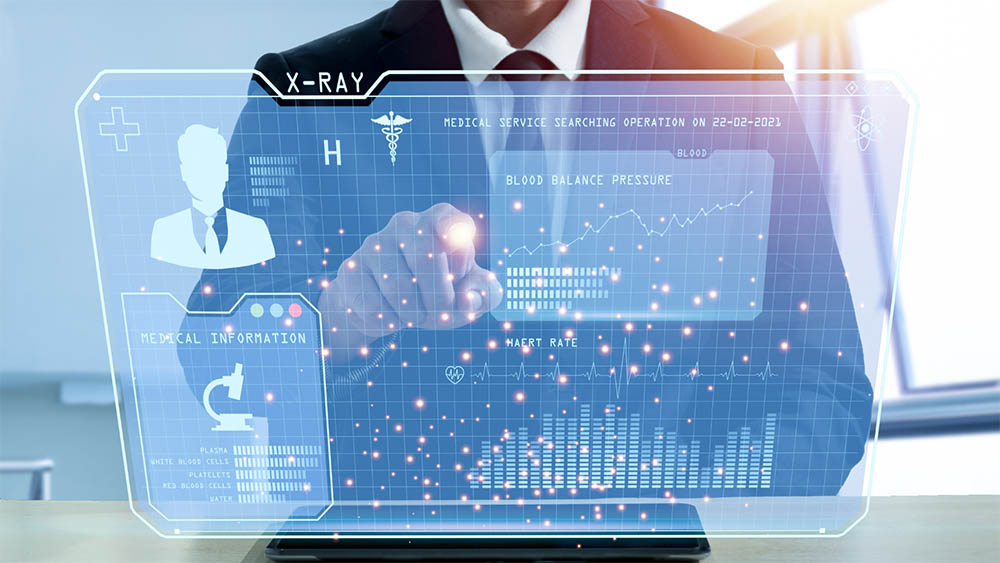
Lorenzo Baronti 
Masters in Circular Economy - Università degli Studi della Tuscia
Technology and innovation applied to the circular economy are effective tools to adopt for the growth of start-ups, industries and manufacturing companies. But how does this system work and on what principles is it based?
In this week’s article within our Blog, at Alkebulan we’ll discover the advantages that the more efficient use of resources can produce in favor of the environment and the community.
First of all, what is circular economy?
Before understanding the role that technology and innovation play in this transition process, let’s find out what the circular economy is:
The circular economy is a model of production and consumption that involves sharing, lending, reusing, repairing, refurbishing and recycling existing materials and products for as long as possible.
Imagine the linear economy as a straight line that represents the processes of extraction, transformation, sale and use of a product, which will be thrown away at the end. The circular one instead, represented by a circle, well illustrates the life cycle of an asset, which recalls that of nature. In fact, its end corresponds to the beginning of a new product.
Technology at the service of the circular economy
The circular economy the business world the opportunity to develop new services focused on use rather than consumption, implementing maintenance, sharing, reconditioning, disassembly, pay per use and assistance services.
Technology, in particular the Internet of Things, artificial intelligence, 3D Printing and Machine Learning, is being successfully adopted by startups and established companies all over the globe, for the application of industrial models of the circular economy.
The IoT allows a physical and real object connected to the internet to collect data, share it or transfer it to other devices defined as smart, as they are equipped with specific sensors capable of controlling multiple parameters. For example, the state of consumption or wear of a product, kicking off predictive maintenance or the creation of ad hoc pay as service services and subscriptions.
Through artificial intelligence, which processes an enormous amount of data, it is possible to make forecasts on market demand and consequently plan on these specific commercial strategies.
Machine learning software are able to identify and recognize in the undifferentiated electronic components such as batteries, through images. This facilitates the thorny management of electronic waste.
3D printing has reinvigorated remanufacturing, making it possible to create spare parts for every need in order to extend the life of a broken object. Moreover, this technology with infinite applications reduces storage and transport costs, with significant advantages on polluting emissions.
Thinking about the future spread of “pay as a service” and “pay per use”, we can well foresee many monthly “subscription” payments and frequent changes in tariffs or requests for extra services. Very often these will be micro-transactions with ridiculous amounts to be managed in a practical, agile and economically convenient way, so that they do not bury this type of model. Before the real problem has arisen, and we are still far from it , digital technologies already provide the answer: smart contracts, which are simply to be associated with objects so that if the user consents to a transaction, a new contract is automatically activated that the parties have defined without signatures on documents or clicks.
At Alkebulan we are developing a business plan where circular economy is driven by technology innovation, thanks to new easy-to-access digital services, which will then boost circular economy and local cooperation within local communities.

